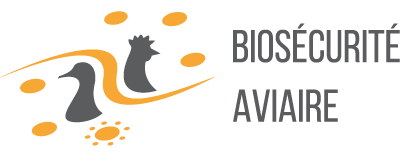Chicken infectious anemia (CIA) is caused by a virus of the Anelloviridae family. It is characterized by aplastic anemia, with depletion of lymphoid tissues, subcutaneous and intramuscular hemorrhages, and immunosuppression.
The disease agent and its pathogenicity
The CIA agent was first isolated in 1979 in Japan. This virus is non-enveloped, very small in size (25 nm) and its genome is a single stranded circular DNA of about 2.3 kb. It is the only member of the genus Gyrovirus. This virus is extremely resistant to the environment and most treatments. Chicken is the only species affected. The CIA virus is ubiquitous and is probably widespread worldwide. Chickens of all ages are susceptible to infection but clinical signs are only observed during the first 2 to 3 weeks of life. Pathogenicity in older chickens is currently under discussion and its impact is certainly underestimated: this could result in moderate immunosuppression, thus promoting secondary infections (Marek’s disease, Gumboro’s disease,…).
The most important transmission mode is vertical: seronegative breeding animals infected during egg laying can transmit the virus to their offspring for a few weeks while they develop seroconversion to CAV (Chicken Anemia Virus). The virus is also transmitted horizontally. Chicks without maternal antibodies or immunocompromised by another pathogen will be most susceptible.
NB: The CIA agent is specific to chicken, but circoviruses have been described in other avian species, including pigeons, geese and ducks. Their direct pathogenic role remains to be clarified, but avian circoviruses should be considered as emerging pathogens of increasing interest in avian pathology.
Clinical manifestations of the disease
Clinical signs
The only specific sign of this disease is an anemia characterized by hematocrit values ranging from 6 to 27% (the normal value being from 29% to 35% in chicken). Other non-specific signs are subcutaneous suffusions with possible progression to necrosis (“gangrenous dermatitis”), despondency, decreased growth and high heterogeneity, and higher mortality, probably associated with secondary infections.
Lesions
- Atrophy and pallor of the bone marrow
- Thymus atrophy
- Atrophy of the Bursa of Fabricius (more rare)
- Subcutaneous, intramuscular and proventricular mucosal hemorrhages
- Other injuries, in case of secondary infections


The diagnosis
- Clinical suspicion : young chicks, subcutaneous bleeding, mortality ;
- Pathological anatomy: No pathognomonic lesions. Bleached and atrophic bone marrow, atrophic thymus and bursa, bleeding; severe depletion visible at histology on bone marrow and hematocrit < 27%.
- Serology (ELISA) : it is mainly used to monitor the post-vaccination serological response of breeding animals. The presence of false positives has been reported. Diagnostic use requires kinetics to visualize an increase in antibody titers.
- Splenic or blood lymphocytes will be the best sample for the quantification of the virus by qPCR.
Disease prevention and control
The resistance of the virus in the external environment and its very wide spread explain the extreme difficulty in avoiding the infection of a batch of poultry. The most important thing is to avoid neonatal infection, whether vertical or horizontal. Immunosuppression of the batch, due to the environment or other pathogens, should also be avoided.
The best prevention is to vaccinate breeding batches a few weeks (at least 6 weeks) before laying to (i) protect them from infection during laying (risk of vertical transmission of the virus) and (ii) transmit maternal neutralizing antibodies to the chick, to protect it from early horizontal contamination. Two live vaccines are available in France :
- Nobilis CAV P4 (Intervet). This vaccine can be administered subcutaneously or intramuscularly.
- Avipro thymoVac (Elanco). This vaccine is given orally.
This vaccination has replaced the practice of voluntary infection of batches before laying.
- Miller et Schat, 2004. Chicken Infectious Anemia virus : an example of the ultimate host-parasite relationship. Avian Diseases, 48:734-745.
- Davidson et al, 2004. Chicken Infectious Anemia virus infection in Israeli commercial flocks: virus amplification, clinical signs, performance and antibody status. Avian Diseases, 48:108-118.






